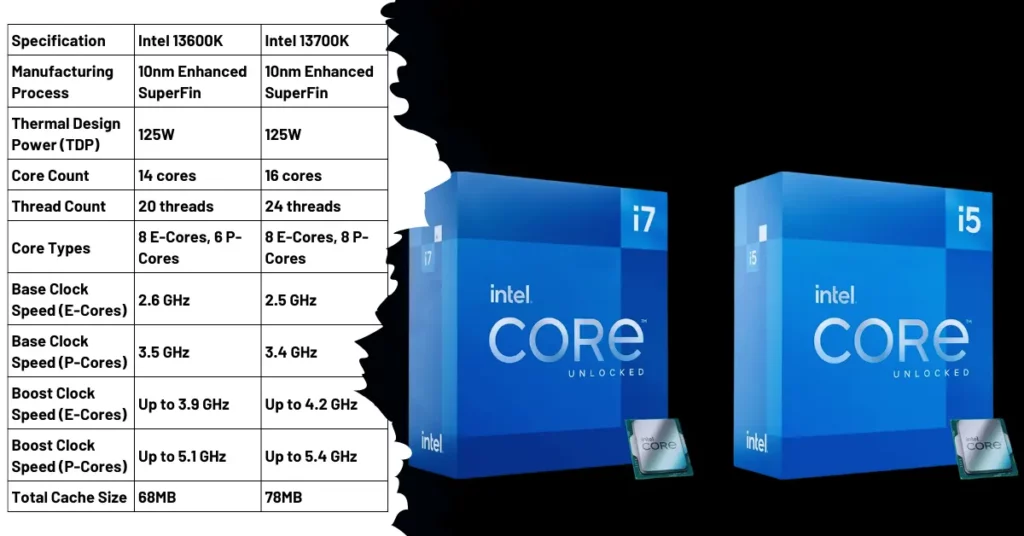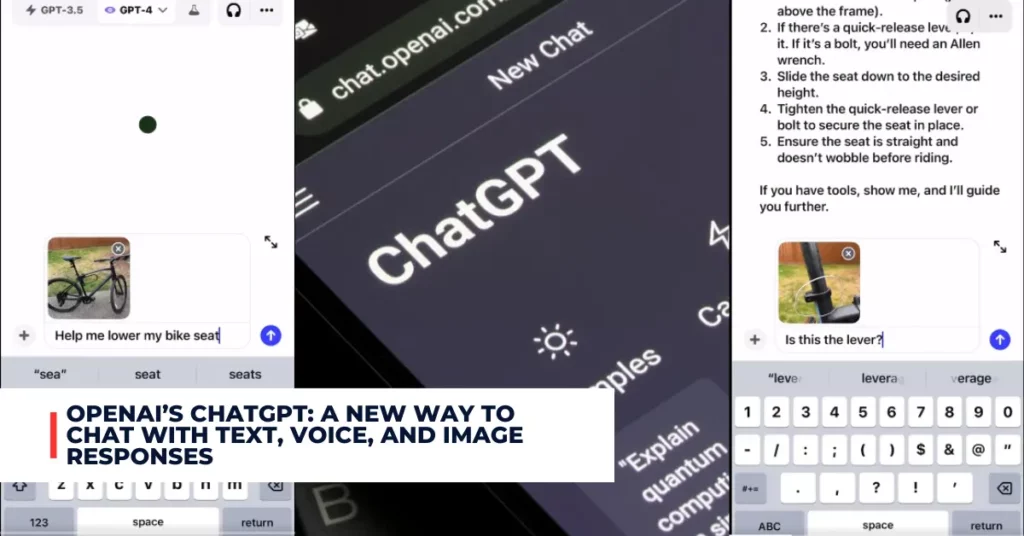Motorola is no stranger to innovation, especially when it comes to flexible display technology. The company has already launched two generations of the Motorola Razr, a foldable smartphone that revives the iconic flip phone design.
But Motorola is not stopping there. At the Lenovo Tech World 2023 event, Motorola showcased its adaptive display concept, which looks like a folded phone but can actually wrap around the wrist and become a smartwatch.
Contents
What is the Adaptive Display Concept?
The adaptive display concept is a new device that uses an FHD+ pOLED display that can be bent and shaped into different forms depending on users’ needs. The device has a 6.9-inch display when laid flat, which runs a full Android experience, just like any smartphone.
When bent into an upright position, the device can stand on its own and run a more compact form of Android on a 4.6-inch display. Users can also wrap the device around their wrist for a similar experience to the external display on the Motorola Razr+, which allows them to stay connected while on the go.
Motorola’s latest foldable phone concept can also be worn on your wrist:
Motorola’s latest foldable phone concept can also be worn on your wrist.
Shown off at Lenovo Tech World today, the “Adaptive Display Concept” is Motorola’s latest idea using the same tech found in foldable smartphones.
There’s no word on when this “Adaptive” device will… pic.twitter.com/nfp5oxtRRx
— Alvin Foo (@alvinfoo) October 25, 2023
Why Did Motorola Create This Concept?
Motorola says that it is committed to exploring how AI can enhance device customization and provide users with a truly one-of-a-kind experience. The adaptive display concept is one of the ways that Motorola is using AI to generate wallpapers for the device based on the user’s outfit.
Users can upload or capture a picture of their outfit and produce multiple unique AI-generated images that reflect their style. These images can then be used as a custom wallpaper on their device.
Motorola also says that it is developing a personal assistant for both PCs and smartphones, called MotoAI, which will run locally on the device and never stop learning.
MotoAI will have a foundational model uniquely personalized to the user while still protecting their privacy. MotoAI will also have features such as document scanning, text summarization, and privacy content obfuscation.
When Will This Concept Become a Reality?
Motorola has not yet made any intentions public regarding the market introduction of the adaptable display concept. According to the company, it is still experimenting with flexible display technologies and products and will keep investing and pushing the envelope in this field.
The Rizr, a rollable smartphone that can grow from 6.8 inches to 10 inches by pulling on the sides, is another concept product from Motorola that was unveiled earlier this year. This implies that Motorola is seriously considering investigating various form factors and opportunities for its upcoming products.
For additional recent articles, please follow the link provided below:
- Qualcomm Unveils New PC Chip With AI Features for 2024
- Samsung Galaxy S24 Ultra Leak: What to Expect from the Next Flagship Phone?
What Are the Benefits and Challenges of This Concept?
For both customers and Motorola, the adaptable display concept has both potential advantages and disadvantages. On the one hand, the idea might give consumers more flexibility and convenience because they might choose between various modes and use cases in accordance with their requirements and preferences.
Users may, for instance, use the gadget like a typical smartphone for web surfing, gaming, or video watching; as a standalone gadget for video calls, presentations, or multitasking; or as a wrist-worn gadget for fitness tracking, notifications, or quick actions.
Users who value style and individuality may also be drawn to the idea because it allows them to personalize their smartphones with AI-generated wallpapers that go with their clothing. On the other side, the idea can also present some difficulties and restrictions for Motorola’s users.
Battery life, durability, comfort, and compatibility may all be issues for consumers. Users might be curious about things like how long the battery will last while utilizing various modes or how cosy it would feel on their wrist.
Additionally, users may experience some compatibility problems with accessories or apps that are not made for flexible displays or other form factors. Cost, production, quality assurance, and market demand may all provide difficulties for Motorola.
To make this idea a reality, Motorola might need to make greater investments in production, testing, and marketing. The demand for such a gadget and how it would do against other foldable or wearable devices on the market may potentially be factors for Motorola to take into account.
Conclusion
The foldable phone concept from Motorola is an intriguing and cutting-edge notion that demonstrates how flexible display technology might open up new design and user experience possibilities for smartphones. The idea would give people additional choices and customization options for their gadgets while also utilizing AI elements to improve their performance and functionality.
The idea does, however, also confront significant difficulties and unknowns that might affect its viability and feasibility in the market. It remains to be seen whether Motorola will actually implement this idea, but it is obvious that the company is not averse to trying new things and innovating.

